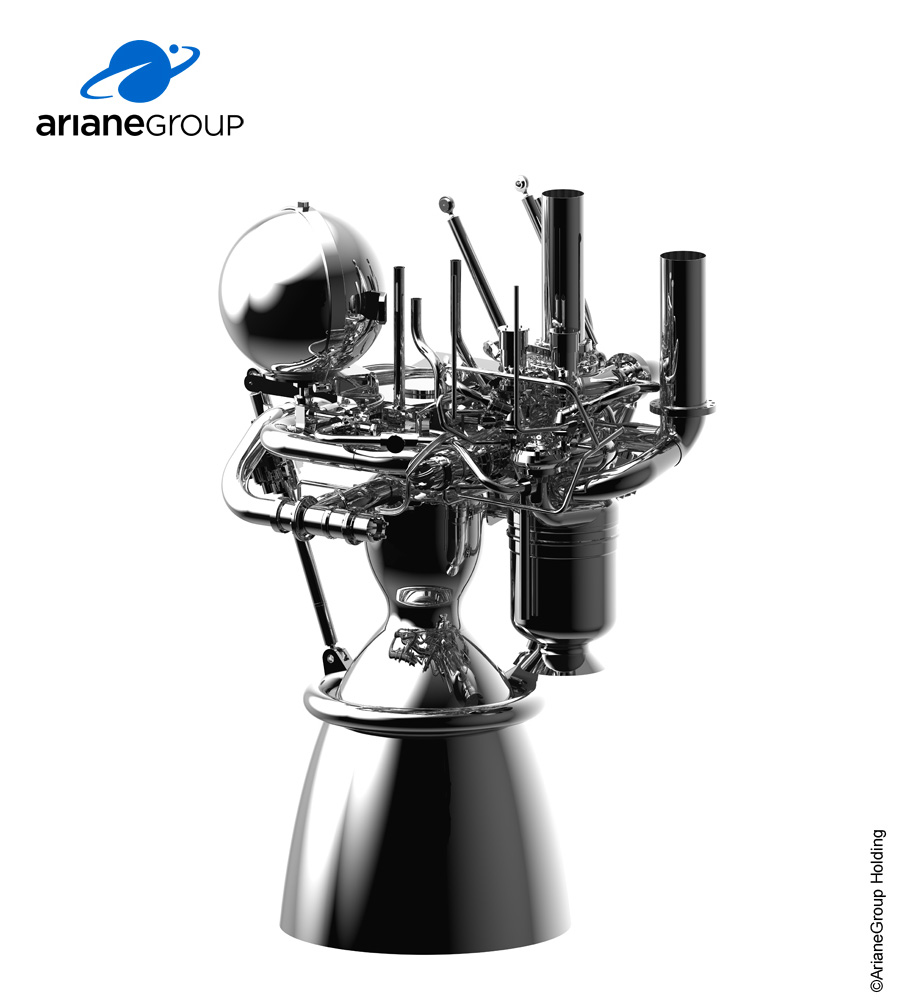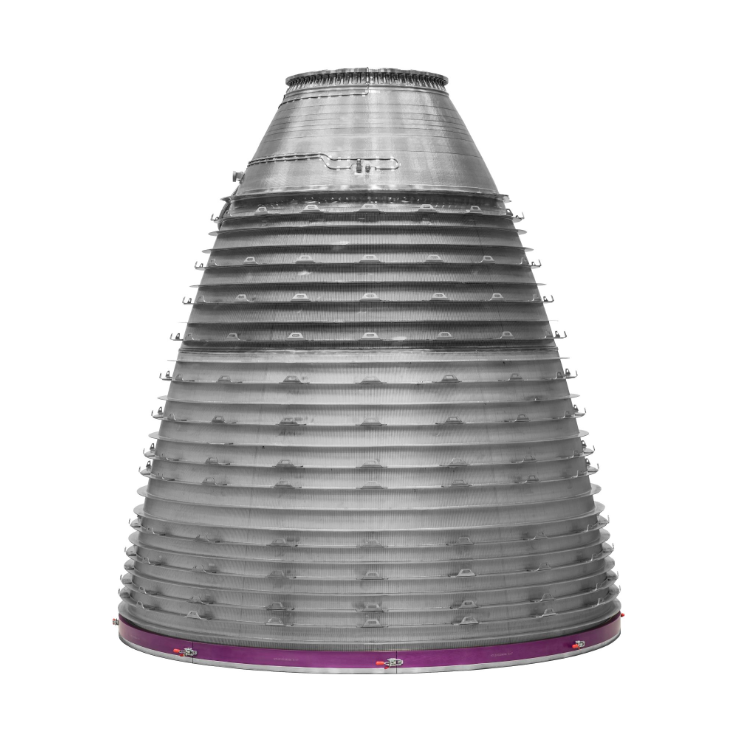GKN Aerospace, a US-based additive manufacturing center of excellence, has signed a contract to supply the next phase of Ariane 6 turbines and Vulcain nozzles with ArianeGroup, a French aerospace company.
The contract calls for the production and supply of units for the next 14 Ariane 6 launchers, which will be manufactured from now until 2025. Over nearly five decades, GKN Aerospace has produced over 1,000 combustion chambers and nozzles, along with over 250 turbines for the Ariane rocket.
“Signing this contract is an important step ahead, not only for GKN Aerospace and the launcher activities in Sweden but for the entire Ariane 6 program,” said Martin Velander, GKN Aerospace Launcher Engines Program Director. “It reinforces that Swedish participation is key to the future of the launcher and for the future of European space exploration.”
“Following the signature of the exploitation contracts with Sabca, Airbus Spain, Europropulsion, Avio, and MTAerospace, this contract with GKN Aerospace is a new and key step towards a strong Ariane 6 European team,” added Stephane Nogatchewsky, Head of Procurement of ArianeGroup.

What more does the Ariane 6 program bring to the table?
GKN Aerospace is currently focused on industrializing and incorporating novel technology into its Ariane 6 products at its Trollhättan site in Sweden. This contains the nozzle channel wall, which will incorporate completely new technologies in a flight application. The design has been constantly enhanced over time, and it will be further progressed in GKN Aerospace’s center of excellence during the transition batch process. This is critical in order to prepare for higher output during the next phase of launcher operation.
GKN Aerospace’s space business unit in Trollhättan has been involved in the Ariane program since its founding in 1974, contributing to it at all stages, from initial research and development to serial production.
The Ariane 6 program is Europe’s only investment that provides autonomous access to space for strategic missions. It also allows for the release of both heavy and light payloads into a variety of orbits for applications such as Earth observation, telecommunication, meteorology, science, and navigation.
“While the inaugural flight of Ariane 6 is getting closer and the industrial ramp-up is intensifying, this collaboration is a positive and critical milestone for the future of Ariane 6 operations. Also, unifying European actors is paramount to ensure further A6 industrial robustness, and competitiveness and preserve European autonomous access to space,” said the Head of Procurement of ArianeGroup.

Advanced aerospace and additive manufacturing for the space industry
Previously, the largest subsidiary of the Japanese conglomerate Sumitomo Corporation, Sumitomo Corporation of Americas, increased its investment in Sintavia, a provider of additive manufacturing services specializing in high-performance aerospace components. The duo jointly revealed that the agreement, which is a follow-on from Sumitomo’s initial investment back in 2018, was ultimately employed to ramp up Sintavia’s “rapidly growing business” that focuses on high-profile aerospace companies.
Furthermore, Redwire, a specialist in mission-critical space systems, illustrated the functionalities of its Hybrid Architecture Laboratory Operational Environment (HALOE) to improve US national defense. The simulation demonstrated HALOE’s capability to enable rapid and configurable digitally engineered space mission design, which could be employed for advanced mission planning to support Joint All-Domain Operations (JADO). The demonstration arose from a contract awarded by the United States Air Force Research Laboratory (AFRL) in October 2020, and it demonstrates the potential of digital engineering environments to advance the space sectors.
Recently, Redwire revealed plans to introduce a new and upgraded version of its 3D bioprinter to the NASA International Space Station (ISS). Redwire intends to launch an upgraded version of its BioFabrication Facility (BFF) in collaboration with the Uniformed Services University of the Health Sciences Center for Biotechnology (4DBio3) (BFF). Once there, the system’s human cell deposition functionalities will be used to examine the effectiveness of 3D bioprinting in treating the meniscal injuries common among US military personnel.
“The ISS provides a critical testing platform to advance these cutting-edge technologies that are enabling critical investigations from commercial users and the scientific research community that will one day extend to future commercial space stations,” said John Vellinger, Redwire Executive Vice President of In-Space Manufacturing and Operations.
Follow this link for all the Formnext 2022 news.
To stay up to date with the latest 3D printing news, don’t forget to subscribe to the 3D Printing Industry newsletter or follow us on Twitter, or like our page on Facebook.
While you’re here, why not subscribe to our Youtube channel? Featuring discussion, debriefs, video shorts, and webinar replays.
Are you looking for a job in the additive manufacturing industry? Visit 3D Printing Jobs for a selection of roles in the industry.
Feature image shows GKN’s Atmospheric Research Aircraft in-flight. Image via GKN Aerospace.



